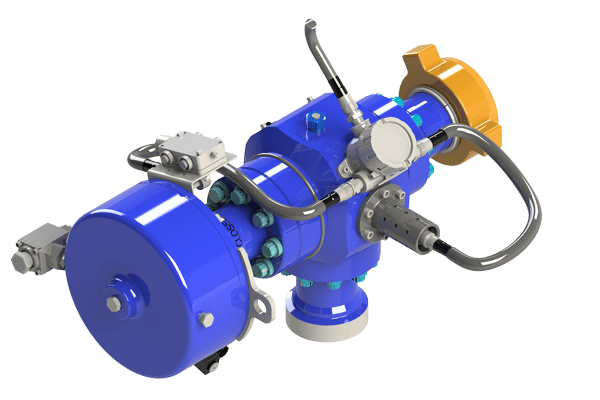Houma, La. – CORTEC, a leading manufacturer of high quality API chokes, valves and manifolds, has introduced its new CRV26 Pressure Relief Valve (PRV).
The CRV26 PRV is a product of the CORTEC Fluid Control division of CORTEC, which provides a complete line of high-end valves designed and manufactured according to specific project specifications. CRV26 PRV is engineered to protect drilling systems against the dangers of over pressurization and is the first of its kind to be rated to 10,000 PSI systems.
Stephen Corte, vice president, CORTEC, said, “Automated PRVs provide the highest level of accuracy and reliability and are automatic or manually resettable for thousands of cycles. Our CRV26 PRV offers a competitively priced alternative to other remotely-operated PRV models, along with a degree of service life, precision and repeatability that conventional burst disks and manual spring reset valves cannot provide.”
The CRV26 PRV is suitable for frac system relief, mud pump relief and managed pressure drilling (MPD) and is compatible with API 6A and NACE MR0175 requirements.
About CORTEC
Founded in January 2004, CORTEC is a leading manufacturer of high quality valves and flow line equipment for production, drilling and service applications in the global oil and gas industry. CORTEC is comprised of two manufacturing divisions, CORTEC Fluid Control (CFC) and CORTEC Manifold Systems (CMS). These main manufacturing centers are located in Houma and Port Allen, Louisiana, ideally positioned to service the GOM oil and gas industry. CORTEC designs, engineers, manufactures, assembles and tests its products in Louisiana, USA, under API 6A and 16C licenses and is a registered ISO 9001 and API Q1 manufacturer.
For more information, visit www.uscortec.com.





